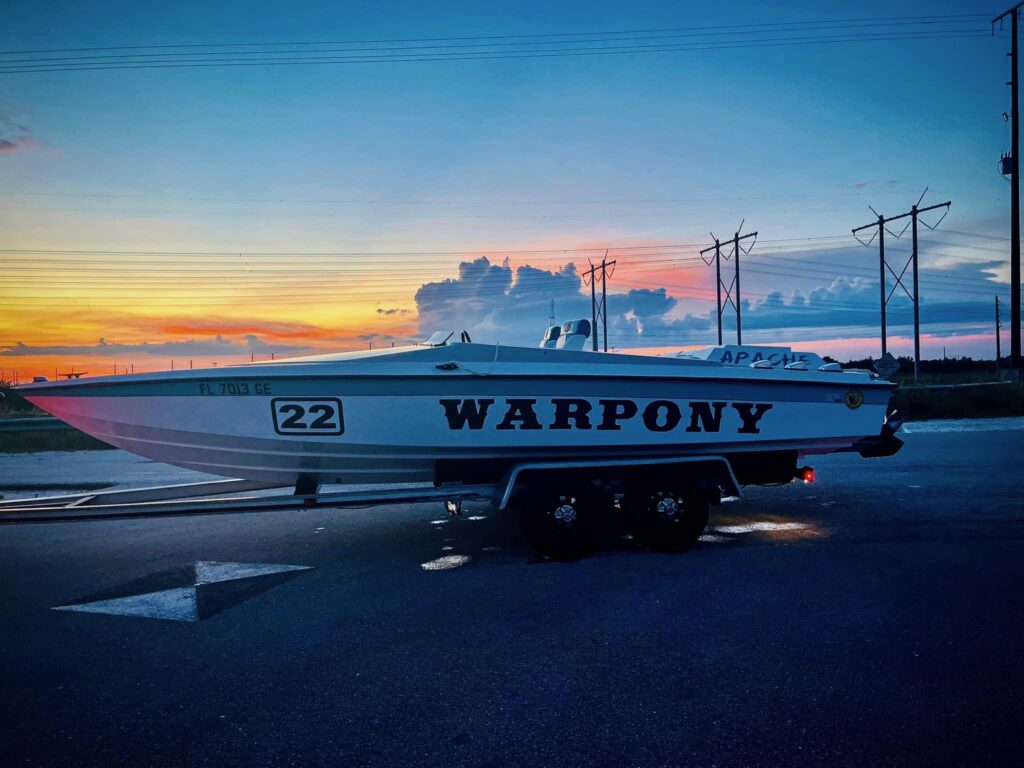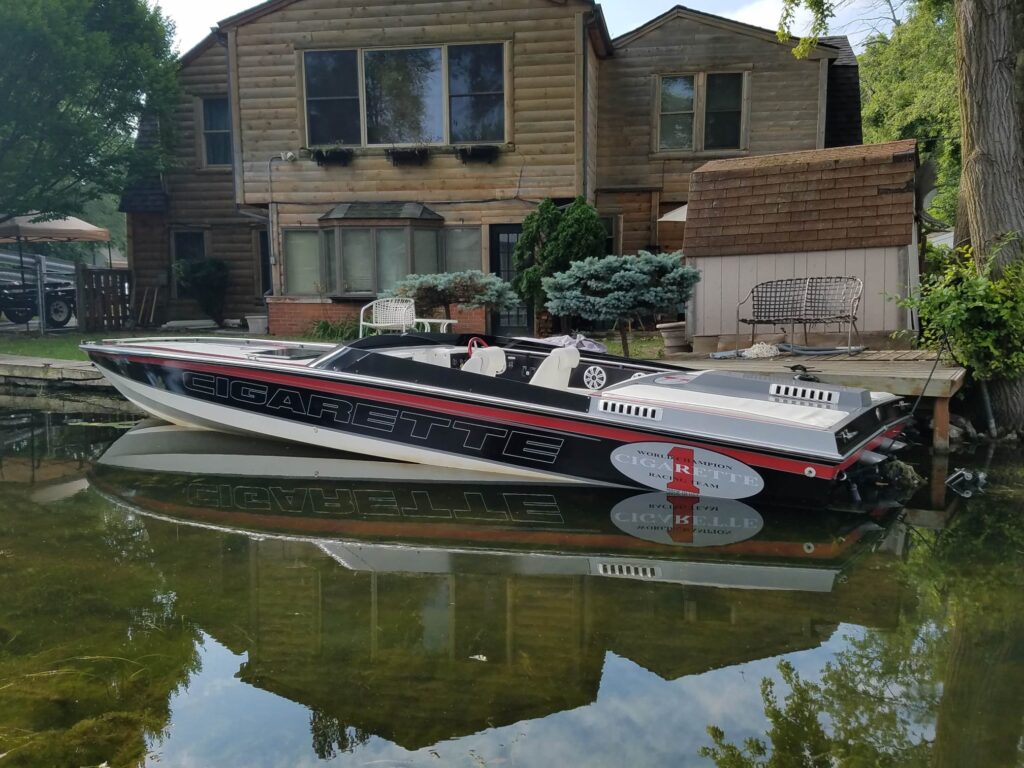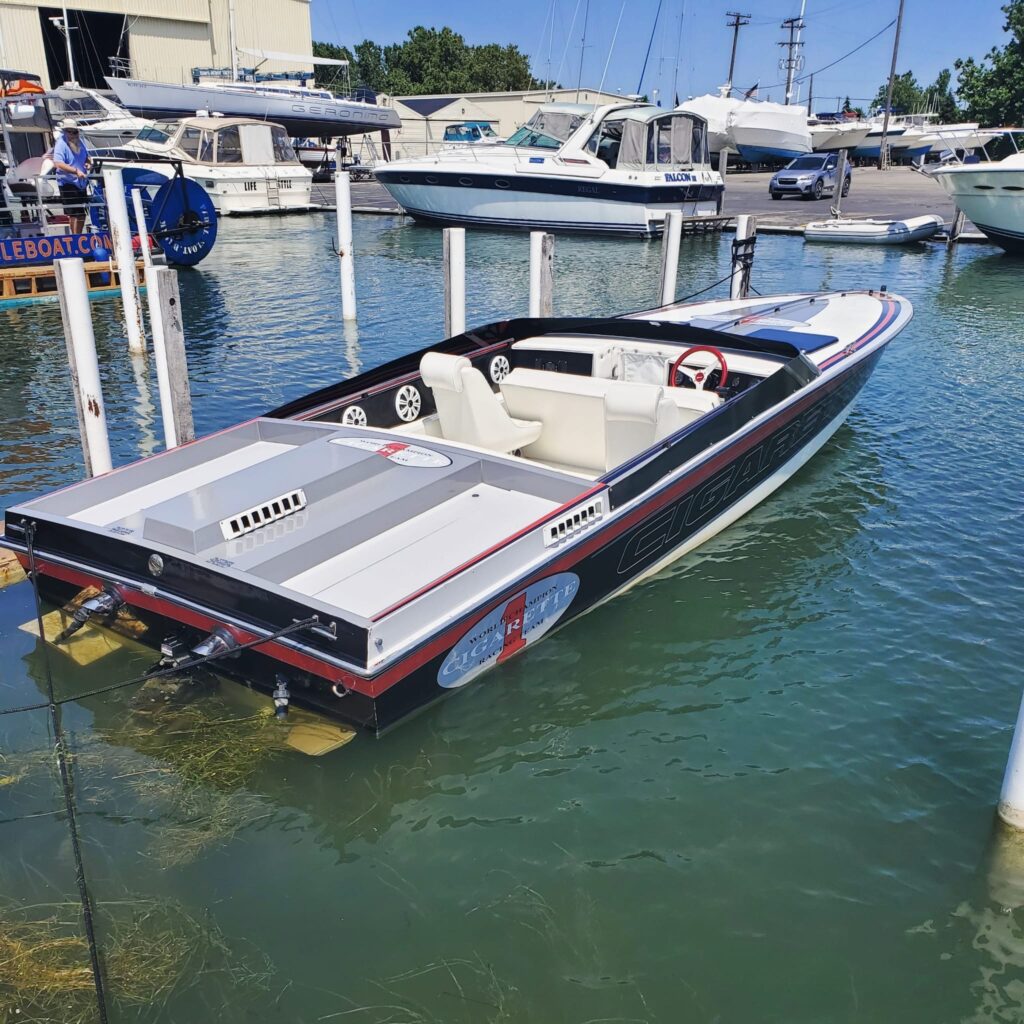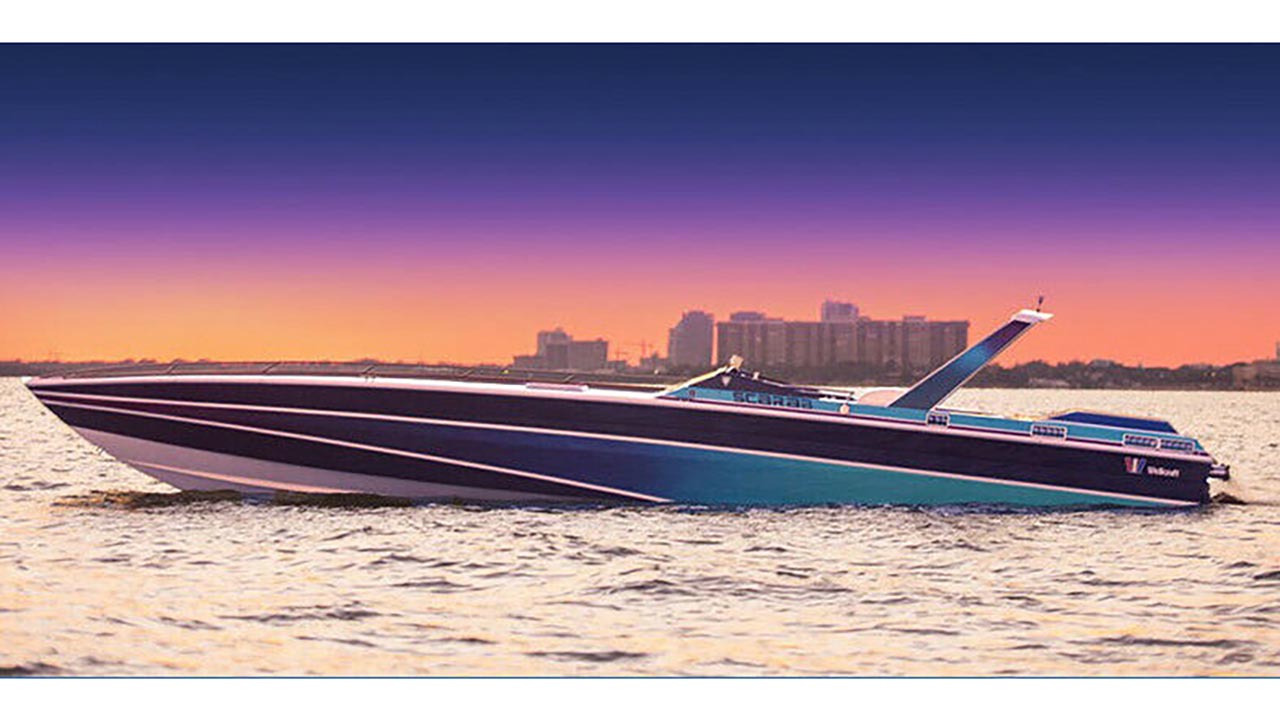In the 1980s, Miami was synonymous with speed, excess, and rebellion. While luxury cars ruled the streets, the real action was on the water. Go-fast boats—sleek, roaring machines—cut through Miami’s waters, outrunning anything in their path. These boats weren’t just about speed; they embodied the rebellious spirit of the era.
Don Aronow, the man behind brands like Cigarette, Donzi, and Magnum, designed these boats for performance. It wasn’t long before smugglers, needing to outpace the Coast Guard, embraced them. Shows like Miami Vice made Cigarette boats iconic symbols of power and danger, and owning one felt like living on the edge.

By the 1990s, however, go-fast boats started to fade from the spotlight. Center consoles and outboard engines offered similar speeds but with more space and lower maintenance costs. A 47-foot center console could fit 20 people, compared to just six in a go-fast boat. As practicality took over, the glory days of these boats seemed to be behind them.
But today, a resurgence is brewing. These boats, like the Ferraris and Lamborghinis of the 80s, are more than relics—they are pieces of nostalgia. And what better proof than the cool factor of my two friends, both speed enthusiasts, who are investing in these classic boats? TJ Sheeran, as cool as James Dean, has owned a Cigarette boat for over a decade. He’s the kind of guy who knows high-performance toys—having owned Ferraris and Lamborghinis in the past, his taste in toys is nothing short of iconic. Jack Cecil, a master tuner with an unmatched understanding of speed, recently hunted down a classic Apache boat. When guys like TJ and Jack, who live and breathe performance and style, are seeking out these boats, you know there’s something special happening.
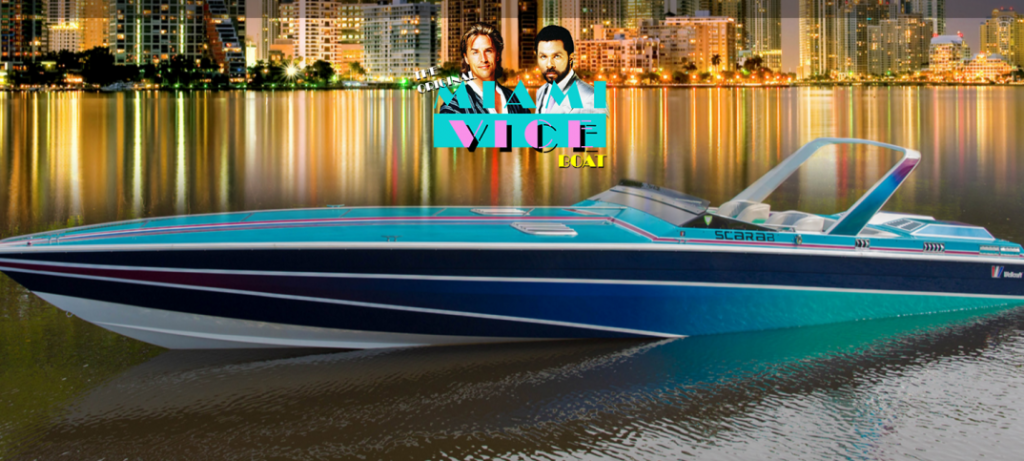
Collectors are realizing that these boats represent more than speed; they represent a time when excess was celebrated. Restorations are popping up, and the market is starting to appreciate their value. Just like classic cars, their prices are likely to soar as nostalgia for the 80s grows.
Owning one of these boats is about more than a thrill ride—it’s about reliving the rebellious spirit of Miami in its wildest days. The era of go-fast boats might have slowed, but their legacy is far from over. Now’s the time to catch the wave of their comeback.
